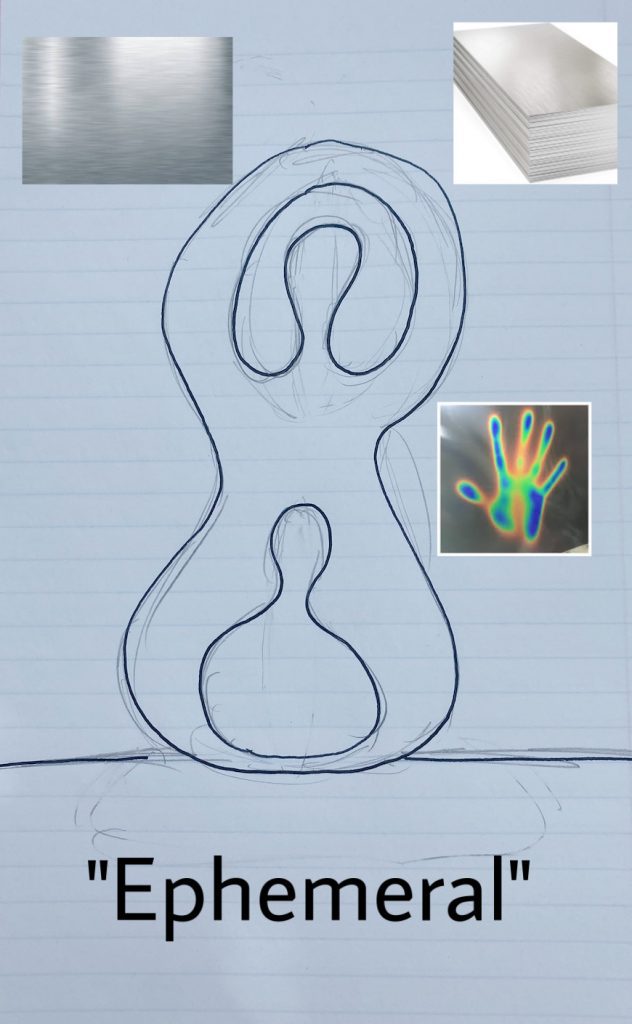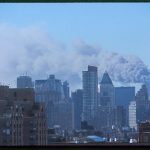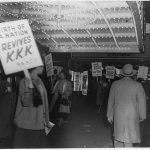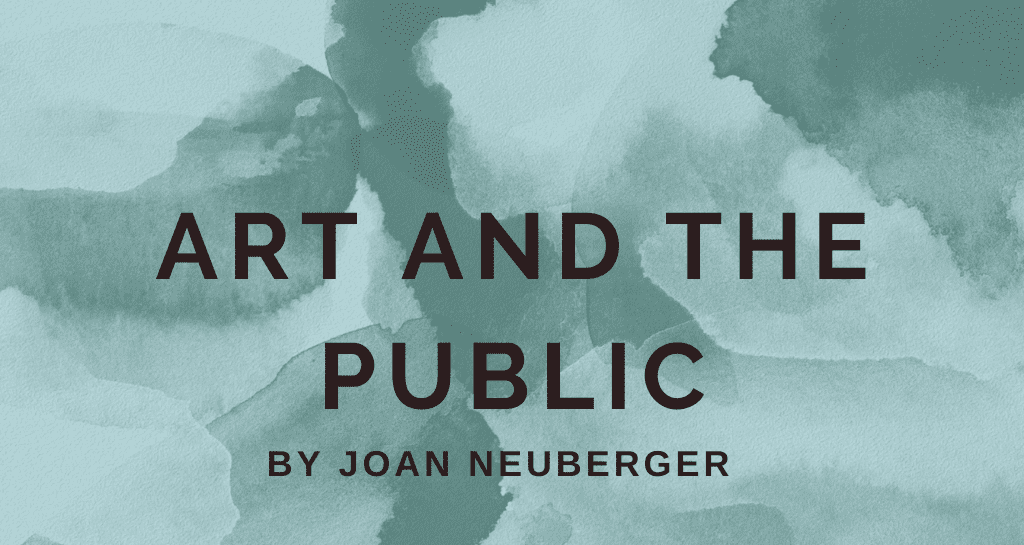
UGS 302 • Art and the Public is a first-year seminar course devoted to understanding public art in a variety of contexts: on the UT Austin campus, along the US-Mexican border, on neighborhood walls in Los Angeles, on the National Mall in Washington, DC, and elsewhere around the world. Some of these art works are made by world-renowned artists and some by volunteer members of the local community. They can be permanent monuments or they can disappear after one performance or as nature erodes them. We study the works themselves: learning about the inspiration behind them, the controversies and other responses they provoke, the ways they are sustained, or defaced, or torn down. We study the processes for funding public art, and for obtaining permission to construct these works, the choices made by town councils and city governments, and the role of individual curators like our own at UT’s Landmarks Public Art project. We also examine their locations and the ways the works are shaped by their environment and shape, in turn, the communities that surround them.
Teaching this course in Fall 2021, after a year of pandemic, and with no vaccine or mask mandate, was a challenge. I was nervous walking into the classroom. And I wasn’t sure I could keep students healthy and still get them to cohere as a community, masked and sitting six feet apart. But, as many of my colleagues noticed, first-year students came to the university this year more eager to learn than we can ever remember. This class was diverse in every way– ethnicity, background, training, abilities, and interests — but they quickly became responsive, curious listeners, working together through the material that was new to all of them. They were active, critical readers, open to new ways of seeing and thinking, and sharing their very different experiences with each other.
The final project for this class is an imaginary or virtual work of art. Each student is asked to design a work, to explain its inspiration and its purpose, to choose a specific location for it and describe how it is meant to interact with the local community, including a plan for testing public responses through focus groups or representative local governments, and a plan for obtaining funding and permissions. The students’ projects are wonderfully creative, diverse, and attuned to specific local needs and priorities. Here is a sample.
Sharon Chang, Ours
My imaginary project would be constructed of various interlocking, interchangeable 3D geometric shapes of different colors. It would have many pieces, making up a large structure. From there, the piece becomes interactive. The public can climb on and touch the piece as they wish, as well as rearrange the pieces to reconstruct the whole. The purpose of this artwork is to reflect the complicated, give-and take relationship between the public and public art. It would bring people together with a collaborative, fun public sculpture and reflect the bright and communal nature of public art. On the flip-side, since the pieces are free for the public to move, they would also be free to be stolen. That’s just how the public is, both good and bad, and the art piece was made with all the possibilities for re-shaping and disappearing in mind. The message on the last block would ask, “everything?” and hopefully evoke a sense of sadness for the colorful sculpture that was once there. All it takes is a few people who would rather take than leave things for other people to enjoy. How long the piece would remain intact and collaborative is for the public to decide. Perhaps the public would respect the pieces and leave them for others to enjoy for a while, or perhaps someone will steal all the pieces within the first few days of installation. Ultimately, the piece would be made for the public and eventually end up in pieces in the hands of the public.
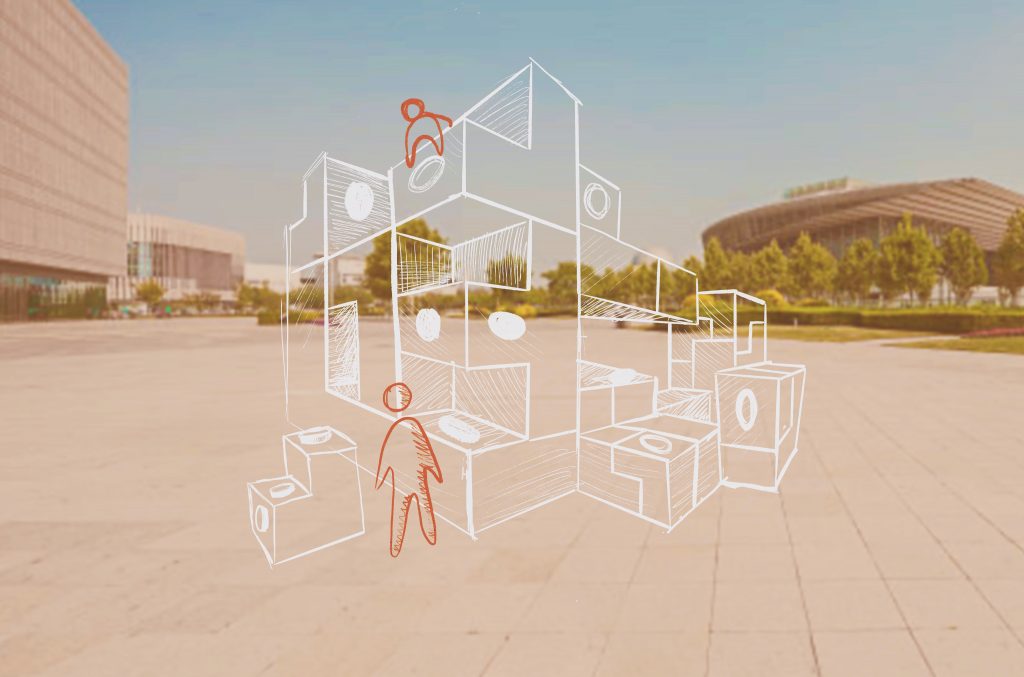
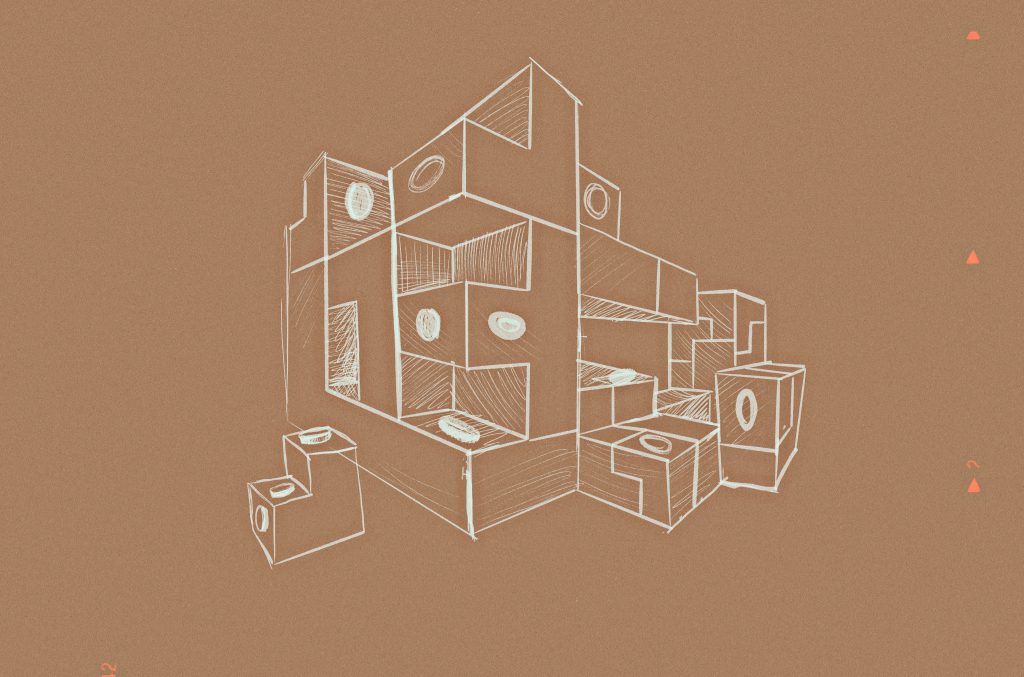
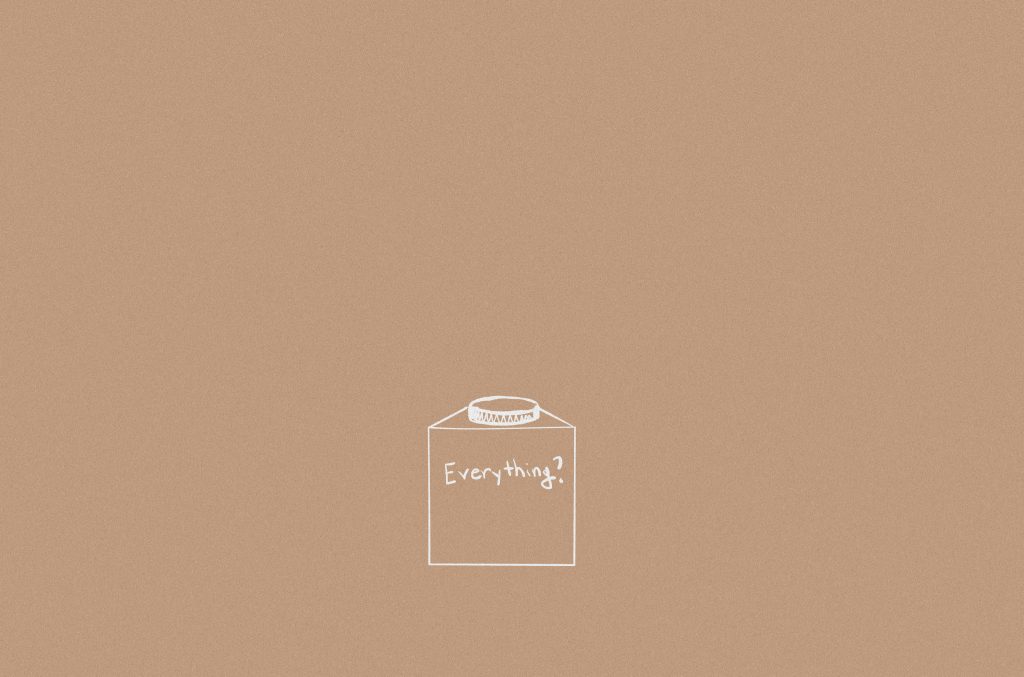
Dariela Hernandez, Yo Tambien Camino
Yo Tambien Camino, (I Also Walk), is a kinetic wind sculpture related to the place I grew up in: the border between the United States and Mexico at Eagle Pass, Texas. Yo Tambien Camino, invites spectators to see their own experiences in those of people who have traversed a long journey to and through the border. Many Americans view the borderlands as a place where illegal activity runs rampant. This sculpture is intended to highlight the struggle and determination of immigrants who cross the border. My public artwork will use wind to propel itself along the border on the American side, mimicking the strides of those many people who crossed the border seeking opportunities. The structure will be modeled on Theo Jansen’s self-propelling wind sculptures, pictured in the Gif below, modified as in the sketches. On its path, the sculpture will almost certainly be damaged, showing that this walk is a harsh one. My main goal is to foster empathy for the people who take this path not because they “want” to, but because it is necessary to escape violence, corruption and despair.
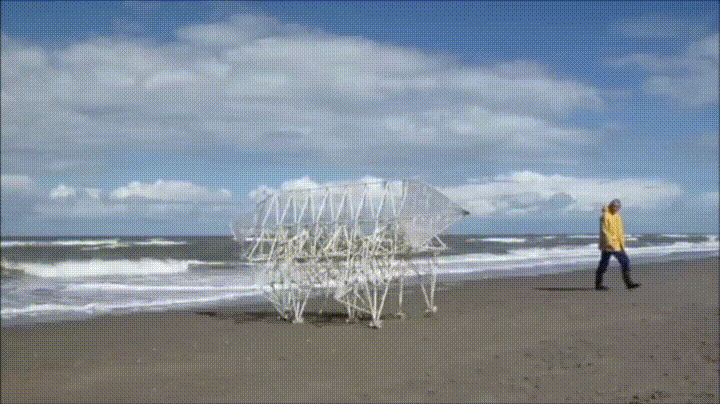

Eliana Salazar, Neuron
Neuron is a blown-glass sculpture created from transparent glass and composed of LED color-changing motion-sensor lights. The sculpture itself is entirely made of clear glass and emulates a collection of neurons, similar to those within the human brain, that are interconnected and constructed in various sizes. Within the glass piece are color-changing motion-sensor LED lights that slowly turn on and off similar to the electrical signals passing between neurons when the brain is stimulated. The sculpture is twenty feet long and five feet tall and will be suspended by wire cables from the ceiling skylight of the corridor of the Weill Neurosciences Building at the University of California, San Franciso. Neuron’s purpose is to evoke a sense of exuberance for those entering the building, provide its audience a chance to question its presence, and to promote Neuroscience.
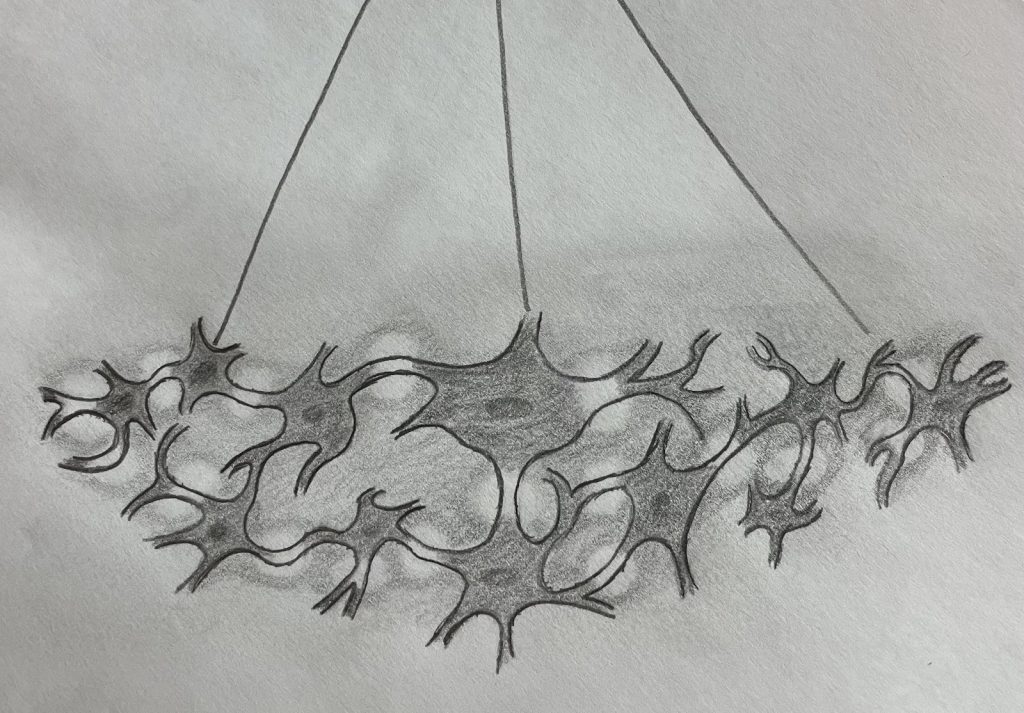
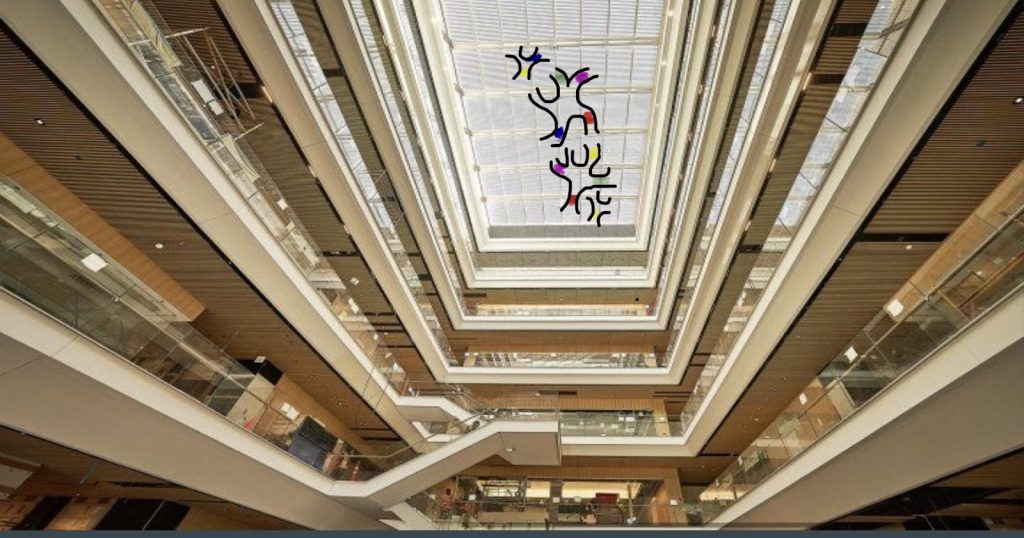
Jane Vanzant, Forever Ephemeral
How often are you faced with a painting, sculpture, or other art form so beautiful that you wish you could just step forward and get a closer look – until you turn around to find a frowning security guard or sign with bright red letters reading “DO NOT TOUCH?” Perhaps if the public were given the option to touch, they would more actively engage with art. “Forever Ephemeral “will encourage its audience to use their tactile senses in order to inspire a deeper understanding or personal connection. Forever Ephemeral consists of two large-scale steel sculptures that are identical in shape but differing in surface materials. Both will be constructed of durable steel, resistant to marks and stains, but “Ephemeral” is going to have a thermochromic finish. Thermochromic paint is heating or cooling activated, which will temporarily reveal the imprint of anyone who touches it. Because the surface of “Ephemeral” is constantly changing, it symbolizes not just the short-term effects we have on others but also how we ebb and flow as a product of our surroundings. Together, “Forever” and “Ephemeral” create a kind of duality: there are permanent aspects, people, and things in our lives that anchor us, and there are fleeting ones that change us slightly. The title itself, Forever Ephemeral, is an oxymoron that exemplifies this idea. And so, through outward and inward reflection encouraged by tactile stimulation, my project has the purpose of revealing how we impact those around us, and how those around us impact ourselves.

